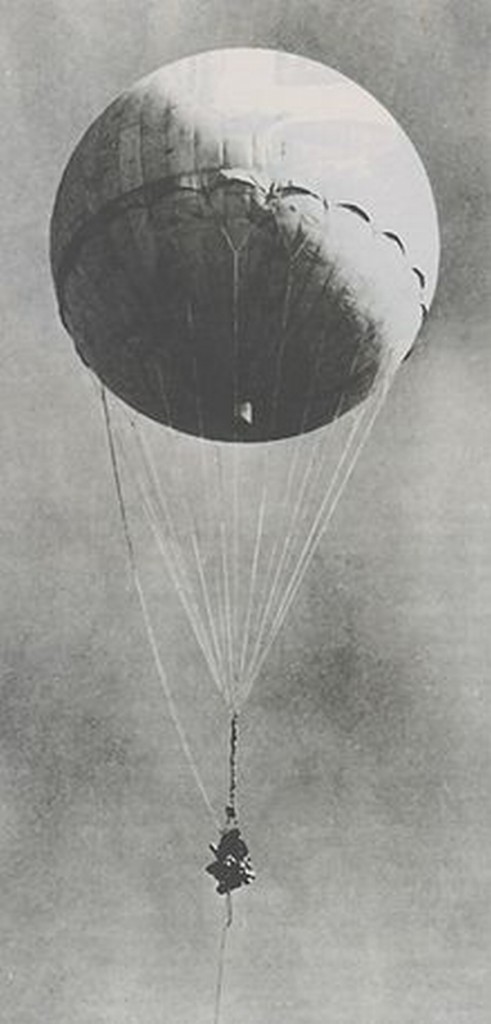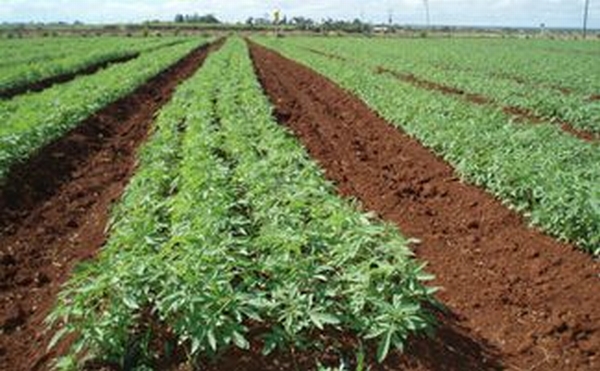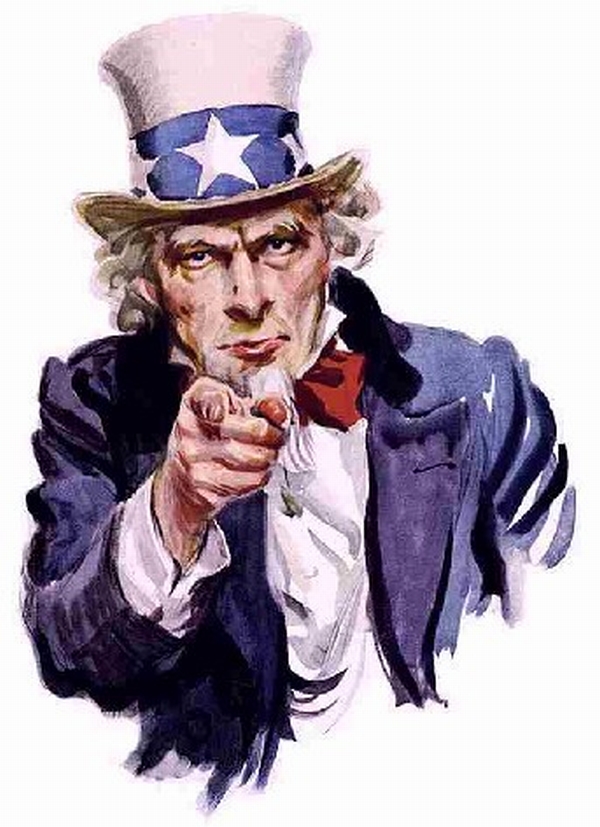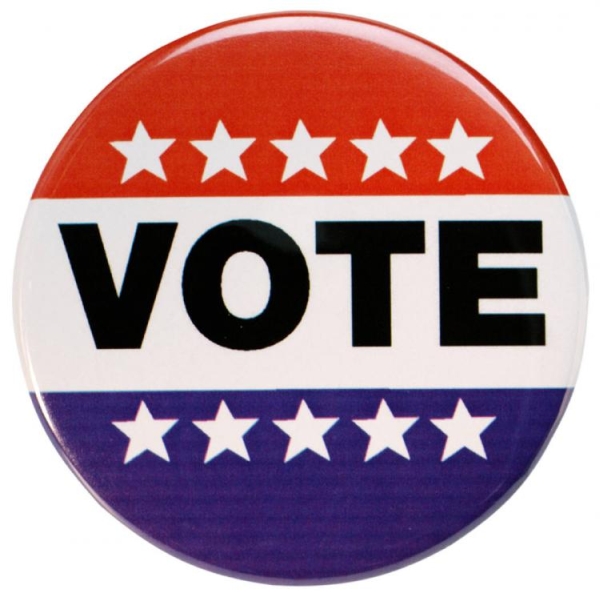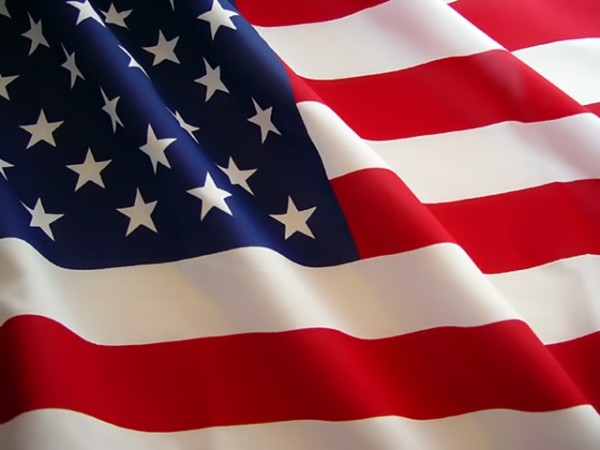America is the land of the free and the home of the brave, but it is also a country with a quirky past. Much of America’s history is riddled with oddities and the following are no exception. Here are ten strange things you probably didn’t know about American history.
10. Washington The Brewer
George Washington, the first president of the United States and the man who could not tell a lie was also a major brewer of America’s favorite drink: beer. Before there were only a handful of breweries making most of the beer in America and way before the age of micro-brew popularity in hipster bars, America had tons of small breweries. In fact, early in the country’s history, in order to be considered a full town, you had to have three things: a church, a tavern and a brewery. Washington himself was well known for his brew in his home state of Virginia as well as his offices in New York, which was at the time the capital of the country. In 1798 alone, Washington created over 11,000 gallons of whiskey.
9. Jefferson’s Cubs
Exploring the great unknown (especially areas that were inhabited by hostile Natives) was a wondrous task to complete for the famed explorers Lewis and Clark. Thomas Jefferson was a fan of their exploits and regularly cited them as American patriots. When fellow explorer Captain Zebulon Pike, possibly in an effort to gain favor and fame as well, sent Jefferson a gift, he may have gone a little overboard. Pike sent along a male and female grizzly bear cub. Jefferson enjoyed having them, but was unable to care for them properly and, ironically, feared them due to stories from Lewis and Clark’s tales. Thus, Jefferson sent them to the Philadelphia Museum which was run by a naturist and artist Charles Wilson Peale.
8. Franklin’s Other Inventions
Benjamin Franklin was one of the worlds most celebrated thinkers. The tenth child of a soap maker, Franklin was just a middle child as his father would end up having 17 children with two wives. Origonally intended for the clergy, Franklin became a bookworm and an intellectual businessman, even to the point of running a newspaper in his teens. Franklin often palled around with the Founders of the Nation and is often credited for much of the Declaration of Independence to go along with his long list of inventions and discoveries. While his understanding of electricity is what makes him known to school children, Franklin also invented bifocals, a metal-lined fireplace, fins for swimming, the flexible urinary catheter, the odometer and much more.
7. The Symbol of The Democrats
While just about everyone is familiar with the donkey as a symbol of the Democrats and the elephant as the symbol of the Republicans, most do not know where they originated. When Andrew Jackson was running for president, political cartoons were at the height of a very long popularity that lasted until late night comedians on television took their act to a new level. Jackson’s rival in the race, in a heated moment, called him a jackass. While he could have let it slide, that wasn’t Jackson’s style, who took pride in the comparison to the strong willed animal and had posters made up of his campaign with the donkey as the symbol. An 1874 cartoon also spawned an animal comparison, this time linking Republicans to elephants, a comparison that stuck when Republicans embraced the dignified and strong image.
6. The Real First President
Before the Constitution of the United States and the setting up of a new government, there was the Articles of Confederation which bound the 13 states together in a loose alliance. According the Articles of Confederation, a President of the Continental Congress was elected to guide the Congress through its day to day operations. This person was John Hanson, a noted patriot and delegate from Maryland. Serving as President of Congress after the ratification of the Articles of the Confederation, there are some who believe he should be recognized as the real true first President of the United States.
5. Balloon Bombs
World War II was fought at a strange time in technological history. Computers were in their infancy and planes and ships were the primary weapons of the Pacific portion of the wars beginning. When the Japanese were attacking, they also sent out bombs tied to balloons to presumably land on the coast. While most of the bombs were presumed lost over the Pacific, there are a few instances of them making landfall and even being discovered years later. One family in Oregon were killed when a bomb flew much further inland than intended in 1944 and others have been found on beaches from Alaska to the southern tip of California.
4. Hemp Nation
Before the early 1900’s cannabis wasn’t excessively difficult to find in the United States. Before states began outright banning it as a poison in the early 1910’s, cannabis and hemp were quite readily available. In 1619 in fact, King James I ordered the Virginia colony, the only colony in the New World, to have every colonist grow 100 plants for export. The use of hemp for rope or fabric was quite normal and regularly seen and was seen in medicines as early as the 1830’s.
3. President Uncle Sam
Uncle Sam is a character that is synonymous with America and for good reason. The image used for Uncle Sam helped gain tons of volunteers for the US Army from World War I to present day, and the image of Uncle Sam pointing invokes emotion and pride from many Americans. Yet the character was actually based on two people. The name comes from a butcher in New York who shipped pork to the Army during the War of 1812. The image however, including the famous pointing picture, is based on a professional clown named Dan Rice. Rice even ran for election for the President of the United States several times, but lost.
2. Why November?
Tuesday in November seems pretty random for the most important day in a democratically elected nation, but it has simple to understand roots. It comes back to when America was founded, and finding a time when the weather and tradition would cooperate. At this time voters (and poll takers) traveled by horse and market day was on Wednesday. By putting the elections on a Tuesday allowed for voters to worship on Sunday, travel on Monday and vote on Tuesday, all in time for market day on Wednesday. As for November, it was the perfect time between harvest and winter which could be brutal to travel in, especially in Northern states.
1. Speak American
English is the most well known language in the United States. It is used in road signs, in government, on media, in just about every facet of American life. In fact, a growing sentiment against teaching other languages alongside English, or displaying them in public places alongside English has sprung up several times in various parts of the country. This is all despite the fact that although English is the most well known language, the country has no official language to speak of.





